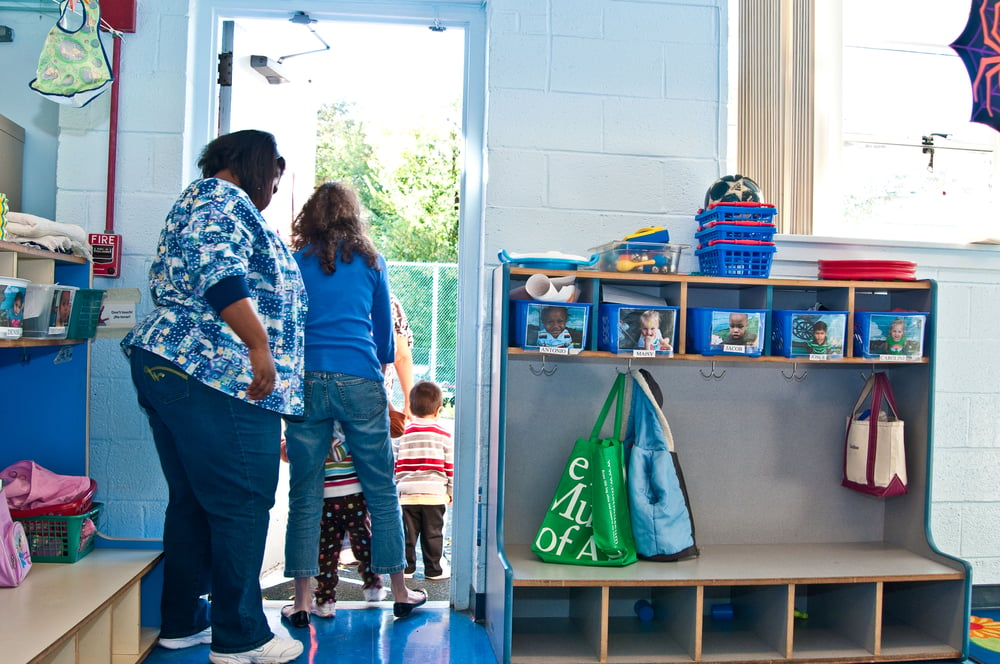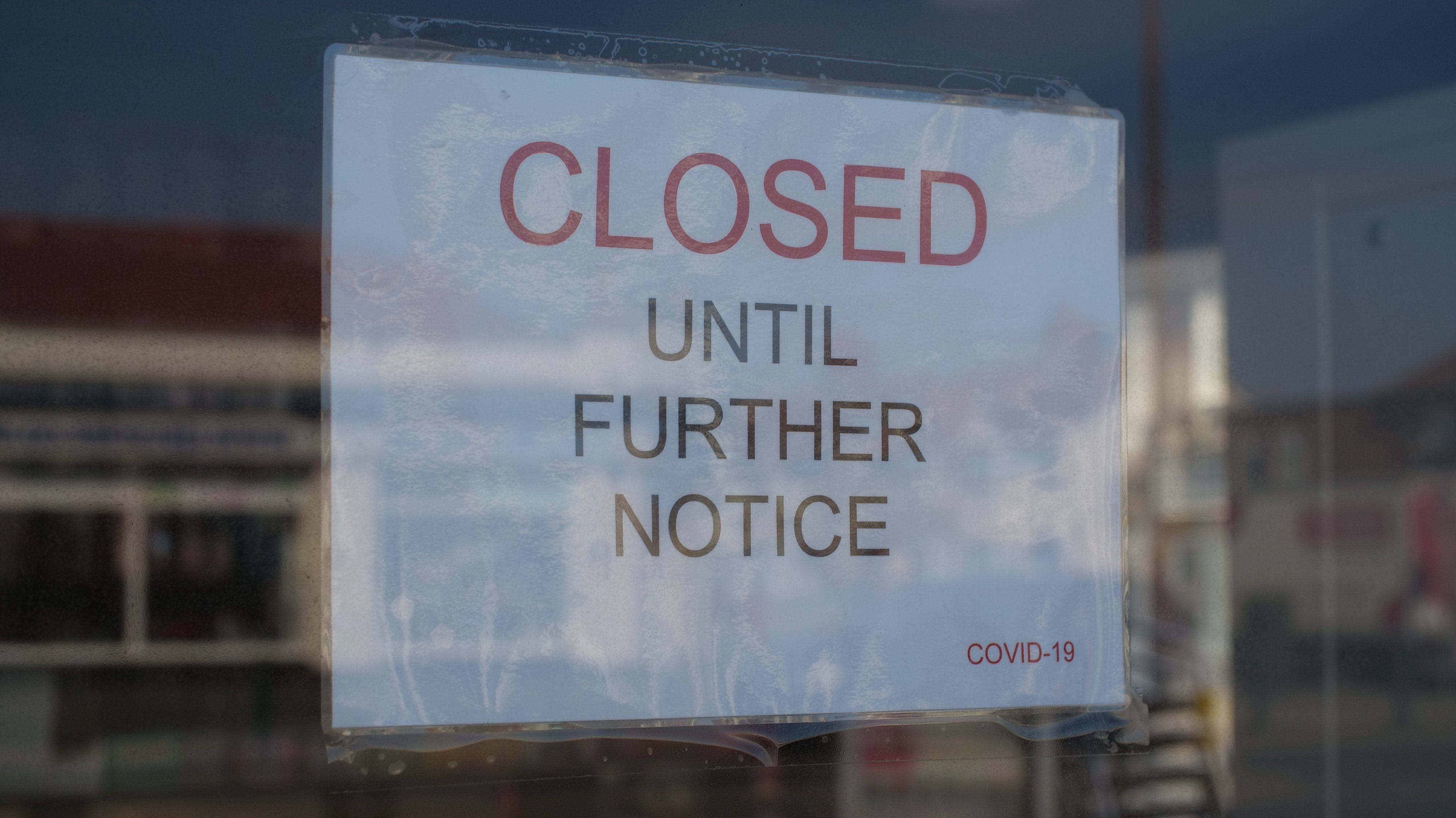
The COVID-19 situation and its impact are fluid, changing from day to day. There are many uncertainties regarding child care and child care operations, and child care professionals at both the program and system level must be nimble in their response to the pandemic. They must lean on and build upon the strengths that have served them well and will continue to serve them well during COVID-19 and beyond: relationship-based practices and data-driven decision making.
Relationship-based Practices
As child care providers implement new policies and routines related to COVID-19, they may find it helpful to approach implementation with an empathy mindset—considering the feelings of everyone being impacted—children, parents, staff, themselves and their own families. Providers can reflect on what they can do to set everyone up for success. This kind of reflection is an important part of relationship-based practices.
Here are some ways to implement operational guidance with empathy:
- Set realistic expectations.
- Clearly communicate expectations, adjusting your communications to best fit your audience (children, parents, staff, others).
- Be prepared to offer support and encouragement when things go wrong.
- Be prepared to seek support when you need it.
Another relationship-based practice child care providers may find helpful is to focus on strengths. Providers can approach program changes with the strengths of each family and child in mind. As providers work to implement new routines, they can reflect on what was special about their program before the pandemic and consider how to preserve some of those qualities.
Data-driven Decision-making
For child care providers, finding and using trustworthy data and resources to inform decisions about their programs is especially important during the pandemic. The best way to do that is to seek information from reliable sources. For example, for health guidance providers can look to the Centers for Disease Control and Prevention and the American Academy of Pediatrics. For business supports they can seek information from the Small Business Administration and Community Development Funding Institutions.
State and local CCR&Rs are often able to offer support related to both health and business concerns. Providers will also find it helpful to establish and maintain contact with local experts such as their state and local health department, their child care licensing agency and Child Care Health Consultants.
Rather than focusing on what cannot be done during the pandemic (e.g., welcoming parents into the building, family-style meals and other close contact activities), child care providers can focus on what they can do.
They can:
- Teach and encourage hand hygiene.
- Become informed about infection prevention and share what they learn with staff, families and children as appropriate.
- Routinely clean, and disinfect surfaces and objects that are frequently touched.
- Adhere to physical distancing guidelines, and the wearing of face coverings, among adults.
- Keep children and teachers together in consistent groups to minimize crossover among children and adults within the program.
- Spend time outdoors as much as possible.
Providers can continue or modify familiar activities that bring children, families and themselves comfort and enjoyment. They can include activities that are soothing, stress-relieving and safe.
Providers also can support children’s success with infection prevention strategies that are harder to implement – e.g., the use of face coverings and physical distancing among children – by offering and encouraging these strategies and avoiding punitive discipline practices.
And they can advocate. Now is the time to let Congress know that investing in child care is an investment in public health and in our economic recovery. We need at least $50 billion in dedicated child care funding to support our child care system.
Find links to many of the resources mentioned in this article and more tips about relationship-based practices and data-driven decision-making in our downloadable tool.
![ECCTAC-Logo[1]-1](https://info.childcareaware.org/hs-fs/hubfs/Rich%20Text%20Pasting/unknown-1595431381223.png?width=299&name=unknown-1595431381223.png)






